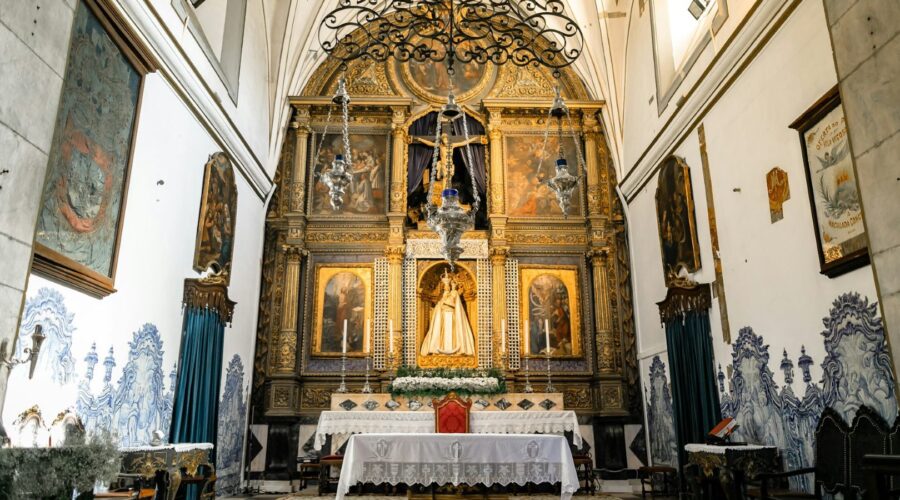Your cart is currently empty!
Santa Sophia: The Legacy of an Architectural Marvel

Introduction
Santa Sophia, the architectural masterpiece of the Byzantine Empire, stands as a testament to the ingenuity and artistry of the ancient world. Its towering dome, intricate mosaics, and historical significance make it one of the most awe-inspiring structures in history. This comprehensive guide will delve into the captivating story of Santa Sophia, exploring its architectural significance, historical background, and enduring legacy.
Architectural History
The First Basilica (325-532 AD)
The first iteration of Santa Sophia was a basilica built by Emperor Constantine the Great in 325 AD. This church served as the cathedral of Constantinople for over two centuries, but was unfortunately destroyed during the Nika riots in 532 AD.
The Justinian Era (532-537 AD)
After the Nika riots, Emperor Justinian I commissioned the construction of a new and more magnificent Santa Sophia. Byzantine architects Isidore of Miletus and Anthemius of Tralles designed a revolutionary structure that defied architectural norms.
The Grand Dome
The central feature of Santa Sophia is its colossal dome, one of the largest ever built. Measuring 32 meters in diameter and 55 meters in height, the dome rests on four massive piers and is supported by forty pendentives. The innovative use of pendentives allowed for the creation of a vast, uninterrupted interior space.
Artistic Splendor
Mosaics
The walls and ceilings of Santa Sophia are adorned with exquisite mosaics depicting biblical scenes, historical events, and imperial portraits. These mosaics, created with millions of colored glass tiles, display the exceptional craftsmanship and artistic vision of Byzantine artists.
Marbling and Inlay
In addition to mosaics, Santa Sophia features extensive use of marble and inlay. The interior is adorned with columns, panels, and decorative elements from precious stones such as porphyry, serpentine, and malachite.
Historical Significance
A Center of Christian Worship
For over 900 years, Santa Sophia served as the patriarchate of the Eastern Orthodox Church. It was a sacred space where emperors were crowned, religious ceremonies were held, and theological debates were conducted.
A Mosque and a Museum
In 1453, the Ottoman Empire conquered Constantinople and converted Santa Sophia into a mosque. The building was modified with the addition of minarets and the removal of Christian iconography. It served as an important mosque for the Ottoman Empire for nearly five centuries.
In 1935, Santa Sophia was secularized by the newly founded Turkish Republic and converted into a museum. It remains one of Turkey’s most visited tourist attractions.
Enduring Legacy
Architectural Influence
Santa Sophia’s architectural innovations have had a profound influence on subsequent architecture. The dome, pendentives, and use of mosaics became standard features in Byzantine and later Ottoman architecture.
Cultural Symbol
Santa Sophia is a powerful symbol of the Byzantine Empire and the cultural heritage of Istanbul. Its unique blend of architectural elements and artistic splendor reflects the intersection of Eastern and Western influences that have shaped the city’s history.
Planning Your Visit
Location
Santa Sophia is located in the Sultanahmet district of Istanbul, Turkey.
Hours of Operation
- Summer (April – October): 9:00 AM – 6:00 PM
- Winter (November – March): 9:00 AM – 5:00 PM
Admission Fees
Admission to Santa Sophia is 100 Turkish Lira (approx. $15 USD).
Tips for Visitors
- Purchase tickets online in advance to avoid queues.
- Respect the religious and historical significance of the site.
- Wear comfortable shoes as there is a lot of walking involved.
- Take time to admire the intricate details of the mosaics and architecture.
Conclusion
Santa Sophia stands as a timeless masterpiece that reflects the architectural genius, artistic prowess, and historical significance of the Byzantine Empire. Its legacy continues to inspire and awe visitors from around the world. Whether you are interested in architecture, history, art, or culture, a visit to Santa Sophia is an unforgettable experience that will leave you in awe of its enduring beauty and grandeur.